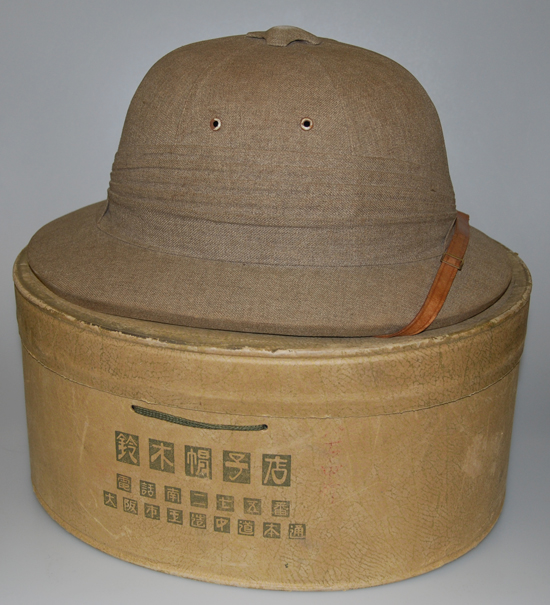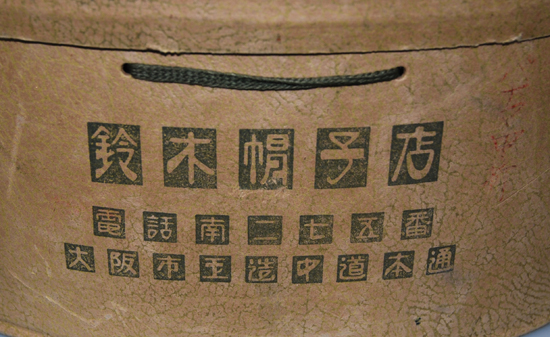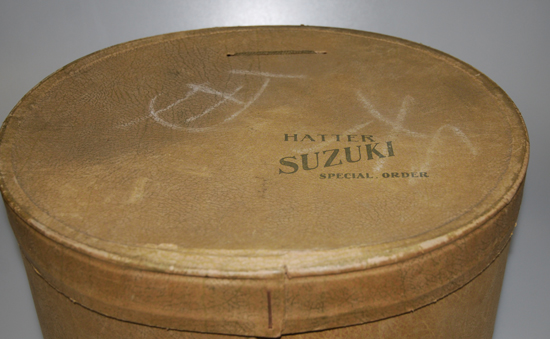 When thinking of a Japanese helmet box one probably has an image of a lacquered box. The concept of “Japanning” dates to the 17th century when Europeans would imitate Asian lacquerwork. Ironically much of the lacquering was actually not Japanese in origin, but rather Chinese. However the Japanese version – called urushi – did remain popular through the 19th- and 20th- centuries. So when one things of a Japanese box for a helmet it again like conjures the image of such a box. During the 1930s and into the early 1940s it wasn’t such a lacquered box that one might use for transporting a sun helmet. It was more likely a cardboard box.
When thinking of a Japanese helmet box one probably has an image of a lacquered box. The concept of “Japanning” dates to the 17th century when Europeans would imitate Asian lacquerwork. Ironically much of the lacquering was actually not Japanese in origin, but rather Chinese. However the Japanese version – called urushi – did remain popular through the 19th- and 20th- centuries. So when one things of a Japanese box for a helmet it again like conjures the image of such a box. During the 1930s and into the early 1940s it wasn’t such a lacquered box that one might use for transporting a sun helmet. It was more likely a cardboard box.
Cardboard hat boxes were commonplace in Europe, North America and even in Asia in the 1930s. Military officers who privately purchased their caps and helmets likely received such a box. These weren’t nearly as elegant as the old metal tins or leather boxes from the 19th century or early 20th century, but far more practical. Often times officers had to pack light and didn’t need the extra box.
As a result – not to mention the firebombing of much of Japan at the end of World War II – it is unlikely that many of the cardboard helmet boxes survived. This surviving example shows a helmet with minimal wear. Likely the officer in question opted not to bring the helmet or box with him when he deployed.
Peter Suciu

